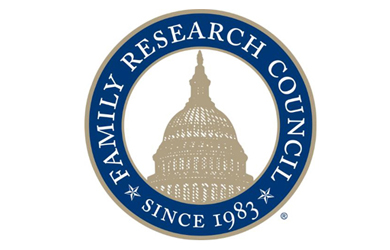Does this claim from Focus on the Family make any sense at all?
Ninety percent of Americans pray every day, according to a study released Thursday by Brandeis University. Half pray several times a day, according to the analysis of four public prayer books filled by patients and visitors at Johns Hopkins University Hospital.
Three-quarters of those studied prayed for themselves, families and friends, with about a quarter praying for themselves alone, The Washington Times reported.
“This is a testament to our belief that prayer is a vital part of our walk with the Lord,” said Brian Toon, vice chairman of the National Day of Prayer Task Force. “Examples of answered prayer are more common than many believe. Whole communities have seen crime, suicide and unemployment drop as a result of Americans coming together in prayer.”
How exactly does one go about determining that 90% of Americans pray daily, and that many pray several times daily, by analyzing prayer books in a hospital in Baltimore?
FOF is obviously relying on this Washington Times article which makes the same claim:
Politicians come and go, fashions evolve and the culture shifts with alarming frequency. One thing remains constant, though.
Americans pray. A lot.
Ninety percent have a spiritual interlude with God every day, according to a study released Thursday by Brandeis University. Half pray several times a day, in fact.
“Most prayer writers imagine a God who is accessible, listening, and a source of emotional and psychological support, who at least sometimes answers back,” said Wendy Cadge, a sociologist who directed the research.
I haven’t read the study itself because it requires a subscription, but here is the abstract:
Researchers in sociology, medicine, and religion ask whether prayer influences health, but pay little attention to the content or experience of personal prayer. This paper draws insights from cognitive studies of religion to ask what kinds of requests people make of God in their prayers, how they construct God in their prayers, and what kinds of responses they believe possible from God based on how they frame their prayers. We analyze the prayers patients, visitors, and staff wrote in a prayer book at the Johns Hopkins University Hospital between 1999 and 2005. Prayers are primarily written to thank God (21.8%), to make requests of God (28%), or to both thank and petition God (27.5%). The majority of prayer writers imagine a God who is accessible, listening, and a source of emotional and psychological support. Rather than focusing on specific discrete outcomes that could be falsified, writers tend to frame their prayers broadly in abstract psychological language that allows them to make multiple interpretations of the results of their prayers.
Apparently, the study focused on what sort of prayers people offer, not on how many Americans are praying on a given day. Given that the study was limited to prayers left in prayer books at Johns Hopkins University Hospital over a six years period, it is unimaginable that the author could have deduced that 90% of Americans pray daily based on such narrow and obviously biased source material.
In this piece by Cadge on Religion Dispatches about her study, she mentions in passing that “close to 90% of Americans pray” but she in no way suggests that this is a finding that came out of her study … yet somehow both the Washington Times and Focus on the Family have convinced themselves that that is exactly what Cadge has found, leading FOF to excitedly crow: “Good News: Study Shows 9 in 10 Americans Pray Every Day.”







